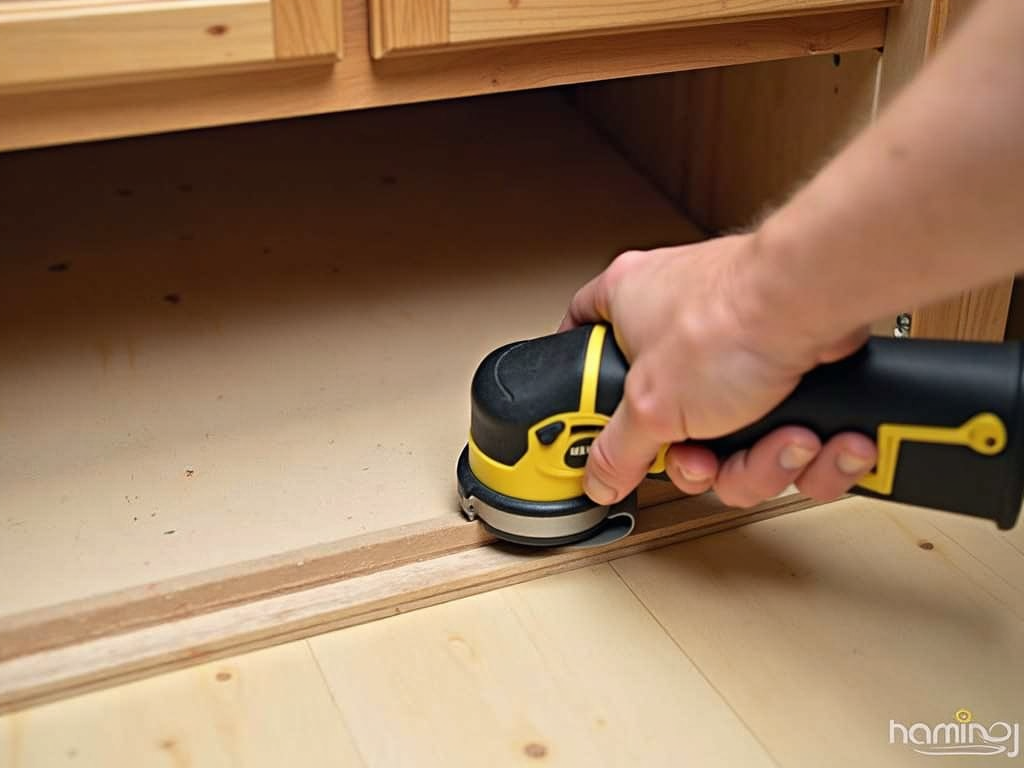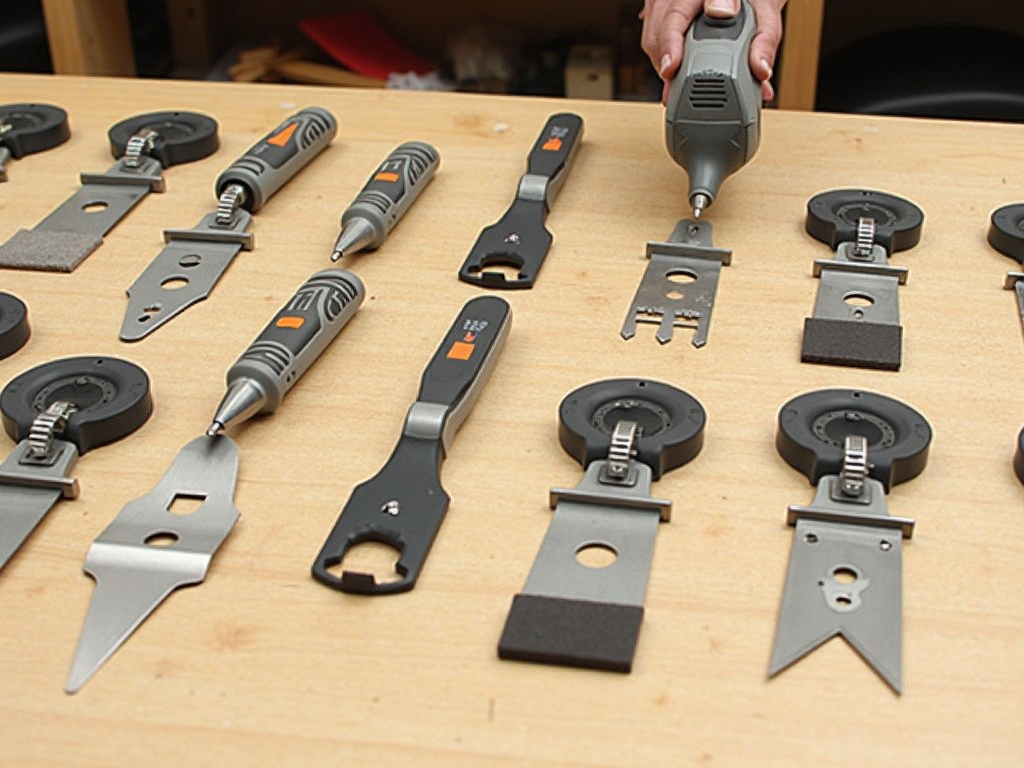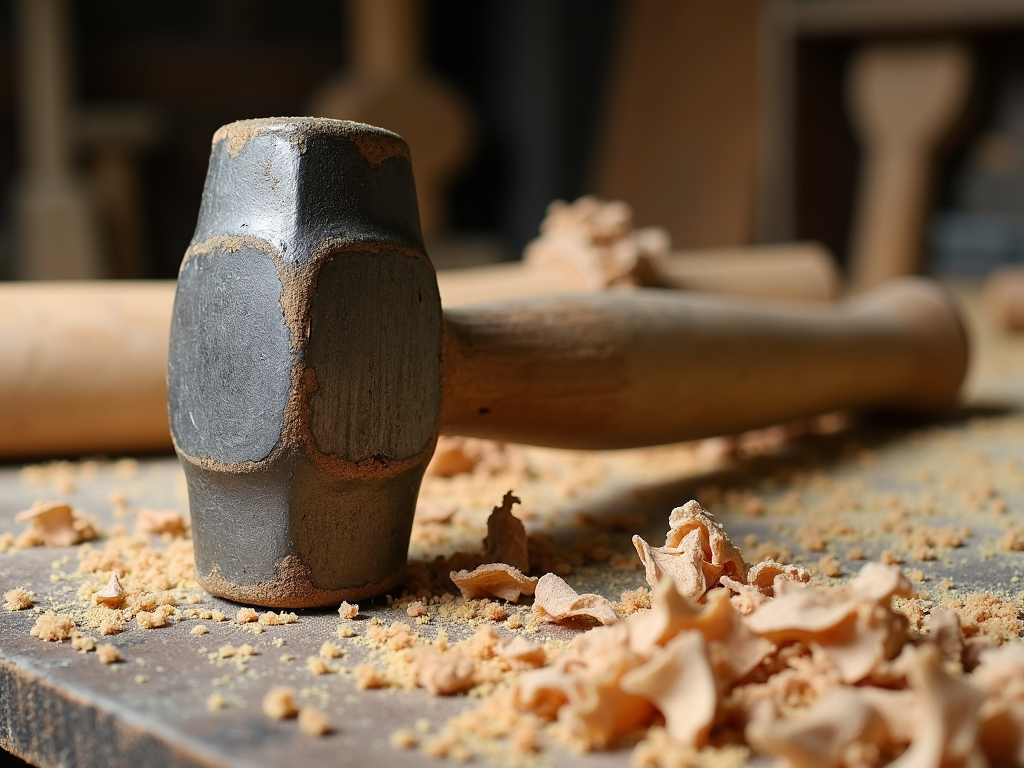Oscillating tools are a must-have for any beginner looking to tackle DIY projects with precision and ease. These versatile power tools can cut, sand, scrape, and more, making them perfect for a wide range of tasks. Whether you're working in tight spaces or need to make detailed cuts, oscillating tools offer the control and flexibility you need. In this guide, we'll explore what oscillating tools are, their benefits, how to use them, and some tips to get you started.

What are Oscillating Tools?
Oscillating tools are power tools that operate by vibrating a blade or attachment rapidly from side to side. This oscillation, typically at speeds of up to 20,000 oscillations per minute, allows for precise and controlled movements. Unlike rotary tools that spin, oscillating tools move back and forth in a narrow arc, making them ideal for tasks that require accuracy rather than brute force.
One of the key features of oscillating tools is their ability to accept a variety of attachments. These attachments can be easily swapped out, allowing the tool to perform different functions. For example, a cutting blade can be used to make plunge cuts in wood or drywall, while a sanding pad can smooth out rough surfaces. There are also attachments for scraping away old paint or adhesive, grinding, and even polishing.
Because of their design, oscillating tools excel in situations where other tools might struggle. Their compact size and the ability to make flush cuts make them perfect for working in tight spaces, such as when trimming door casings or cutting out damaged sections of flooring.

Benefits of Oscillating Tools
The versatility of oscillating tools is one of their biggest advantages. With just one tool and a set of attachments, you can tackle a multitude of tasks that would otherwise require several different tools. This not only saves space in your toolbox but also reduces the cost of purchasing multiple specialized tools.
Another significant benefit is their precision. The oscillating motion allows for greater control, enabling you to make accurate cuts without the risk of the tool wandering or kicking back. This is particularly useful for beginners who may not have the experience to handle more aggressive tools like circular saws or angle grinders.
Oscillating tools are also relatively safe to use. Since the blade doesn't rotate, there's less chance of accidental cuts or injuries from spinning parts. However, it's still important to follow safety precautions, which we'll discuss later.
Additionally, oscillating tools are excellent for working in confined areas. Their ability to make cuts close to surfaces and in awkward angles makes them indispensable for tasks like removing grout between tiles or cutting nails in hard-to-reach places.

How to Use Oscillating Tools
Using an oscillating tool is straightforward, but there are some key steps to ensure you get the best results.
First, select the appropriate attachment for the task at hand. If you're cutting wood, choose a wood-cutting blade; for metal, opt for a metal-cutting blade. For sanding, attach a sanding pad with the grit suitable for your project.
Once you have the right attachment, secure it to the tool according to the manufacturer's instructions. Most oscillating tools have a quick-release system that allows you to change attachments without tools.
Next, prepare your workpiece. If possible, clamp it to a stable surface to prevent it from moving while you work. This is especially important for cutting tasks to ensure straight, accurate cuts.
Before starting the tool, put on your safety gear. At a minimum, you should wear safety goggles to protect your eyes from debris and gloves to protect your hands. If you're working in a dusty environment or with materials that produce fine particles, consider wearing a dust mask as well.
When you're ready to begin, turn on the tool and allow it to reach full speed. Gently guide the tool into the material, letting the oscillation do the work. For cutting, apply light pressure and move the tool slowly through the material. For sanding, use a back-and-forth motion, similar to hand sanding, but let the tool's vibration do most of the work.
It's important not to force the tool. If you encounter resistance, back off and check if you're using the correct attachment or if the blade is dull. Forcing the tool can lead to overheating, damage to the attachment, or even injury.
After completing your task, turn off the tool and wait for the attachment to stop moving before setting it down. Always store the tool and attachments safely when not in use.

Tips for Beginners
If you're new to using oscillating tools, here are some tips to help you get started:
-
Start with simple projects: Begin with tasks that don't require pinpoint accuracy, like cutting a piece of scrap wood or sanding a rough edge. This will help you get a feel for how the tool handles.
-
Practice on scrap materials: Before working on your actual project, practice on similar scrap materials to test your technique and ensure you're using the right attachment.
-
Use the right speed: Many oscillating tools have variable speed settings. For most tasks, a medium speed is sufficient. Higher speeds can be used for cutting harder materials, while lower speeds are better for delicate tasks.
-
Keep the tool moving: When sanding or cutting, keep the tool in motion to avoid creating grooves or uneven surfaces.
-
Don't overreach: Work in a comfortable position where you have good control over the tool. If you need to work in an awkward spot, take breaks to avoid fatigue.
-
Maintain your tools: Regularly check the condition of your attachments. Dull blades can make the tool work harder and produce poor results. Replace attachments as needed.
By following these tips, you'll be able to use your oscillating tool effectively and safely.

Summary
Oscillating tools are an excellent choice for beginners due to their versatility, precision, and ease of use. Whether you're cutting, sanding, scraping, or grinding, these tools can handle a wide range of tasks with just a change of attachment. By understanding how to use them properly and following safety guidelines, you can take on DIY projects with confidence. So, grab your oscillating tool and start exploring its capabilities—you'll be amazed at what you can achieve.
Related Oscillating Tools: A Beginner's Overview:
- Mastering Wrenches: A DIYer’s Guide
- Ultimate Guide to Tool Safety: Protecting Yourself in the Workshop
- Safety Practices in Home Electrical Repairs: A Comprehensive Guide
- Advanced Electrical Tools for Automation
- Essential Safety Tips for Construction Workers
- Workshop Organization Tips for Maximizing Efficiency: A Handyman’s Guide
- Best Tool Storage Solutions for Small Garages
- The Top 10 Essential Tools Every Workman Should Own
- Safety Gear for Construction Workers: A Comprehensive Guide
- Tips and Tricks for Organizing Your Garage Tools
- Safety Gear Essentials for DIYers: Protect Yourself While You Work
- Maximizing Productivity with Ergonomic Tools











